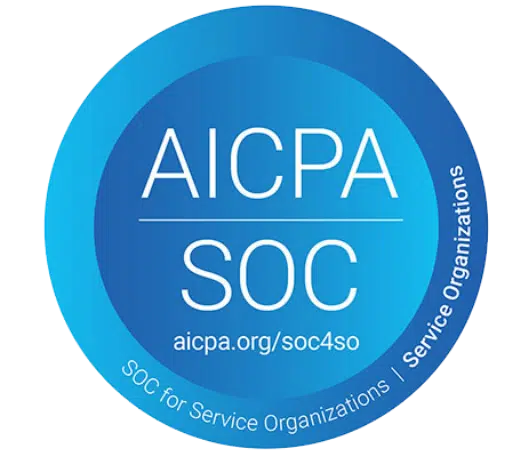Why Was the NIST CSF Developed?
The NIST CSF was developed as a collaboration between industries and the federal government. But this popular framework has been adopted by companies of all sizes across the US and even internationally. The standard has even been translated into foreign languages and is currently being used by several governments worldwide.
What is the NIST CSF Approach to Risk Management?
The NIST CSF is not compliance-focused and there is no formal certification process. The goal is to encourage organizations to understand the risks they face and make risk management a priority.
Another important goal of the NIST CSF risk management framework is to encourage a common security language in everyday discussions in industries across the entire corporate spectrum. The framework integrates guidelines of industry-standard risk and security management practices and emphasizes a common language to allow people in all departments and across the global supply chain to communicate fluently on all topics regarding cyber security risks.
Maturity Levels and Tiers To Gauge Risk Maturity
Although the NIST Cybersecurity Framework (CSF) is not a maturity model, it does specify four tiers and five maturity levels. These designations are intended to help organizations assess their cybersecurity capabilities and get a better idea of where they stand risk-wise using a NIST cybersecurity framework risk assessment.
Information security maturity levels refer to the process through which organizations may move to enhance their security. These are the core concepts that identify the various stages of an organization’s information security environment. The framework defines five levels of maturity that can be achieved by implementing effective security measures and technical solutions, executive management support, and employee participation.
The tiers describe how much an organization’s cybersecurity risk management practices follow the characteristics defined in the framework. A Tier 1 organization has limited risk awareness and is described as partial. The highest tier is Tier 4, referred to as adaptive. A Tier 4 organization is well-prepared to manage, respond, and recover in case of attack.
Please login or Register to submit your answer





